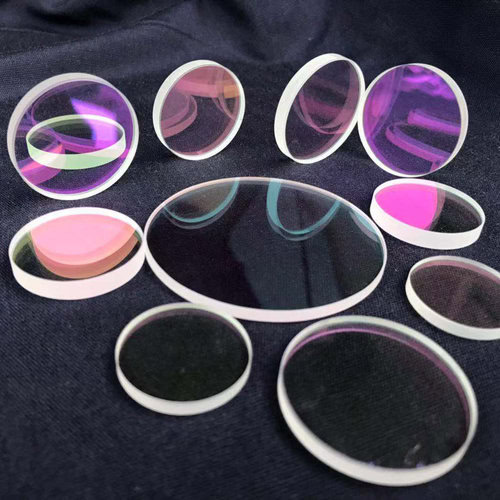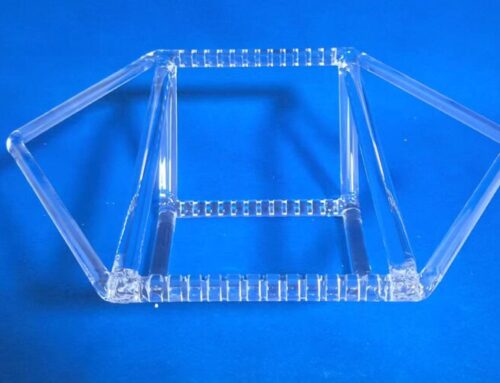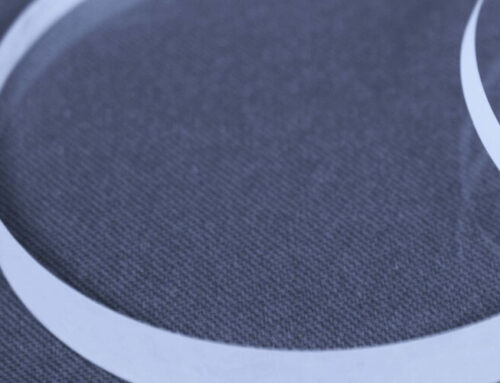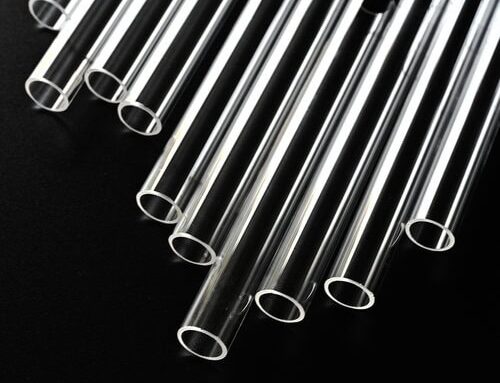The quartz lens represents a significant optical component, offering high light transmission, thermal stability and mechanical strength. Consequently, it is employed in a diverse range of applications within the field of laser technology. The following section will delineate the principal applications of quartz lenses in laser technology.
To begin with, the quartz lens fulfils the function of optical reflection and transmission within the laser system. The laser system is composed of a laser, an optical isolator, an optical stabilizer, etc. In general, the optical isolator and the laser utilize a high reflector and a half lens to achieve optical reflection and transmission. Because of their high transmittance, high reflectivity and high thermal stability, quartz lenses have become the primary materials used in the manufacture of these optical components.
Secondly, quartz lenses play a key role in laser interferometers. Laser interferometer is a device for interference experiment through coherent light wave generated by laser, which is often used in length measurement, surface topography detection and other fields. As a reflection lens in the interferometer, the quartz lens can accurately reflect and refract the laser beam to ensure the stability and accuracy of the interferometer.
Quartz lenses play a crucial role in the fields of laser cutting and laser welding. Laser cutting is a technology that uses the high energy density of the laser beam to cut the material, while laser welding utilizes this high energy density to weld the material. Quartz lenses are commonly employed as laser output windows or focus lenses, capable of withstanding the irradiation of high-energy laser beams to ensure stable transmission and focusing.
Furthermore, quartz lenses find extensive use in laser sensors, which measure properties or shapes of objects through their interactions with laser beams. Quartz lenses provide excellent reflection and transmission of laser beams to control and adjust the optical path of the laser beam, thereby ensuring reliable and accurate output from the laser sensor.
Quartz lenses are also widely used in the field of laser marking and laser etching. Laser marking is a technology that uses the heat energy of the laser beam to permanently mark the material, and laser etching is to use the high energy density of the laser beam to etch off a layer on the surface of the material to achieve the purpose of marking or engraving. Because of their excellent thermal stability and high light transmission, quartz lenses can withstand the high energy density of the laser beam to ensure the focusing and accurate control of the laser beam.
Quartz lenses are also employed extensively in radar and laser radar systems. The radar system is used to detect the position, speed, orientation and other information of the target, among which laser radar is a sensor that measures the distance and shape of the target through the laser beam.
Quartz lenses are used as optical reflective lenses and transmission lenses in radar and laser radar, which can ensure the quality and transmission effect of laser beam, improving the performance and measurement accuracy of radar and laser radar.
In summary, quartz lenses have important applications in laser technology. Whether it is in the optical reflection and transmission of laser systems, or in the fields of laser interferometer, laser cutting and welding, laser sensors, laser marking and laser radar, quartz lenses play an important role, providing key support and guarantee for the development and application of laser technology.





